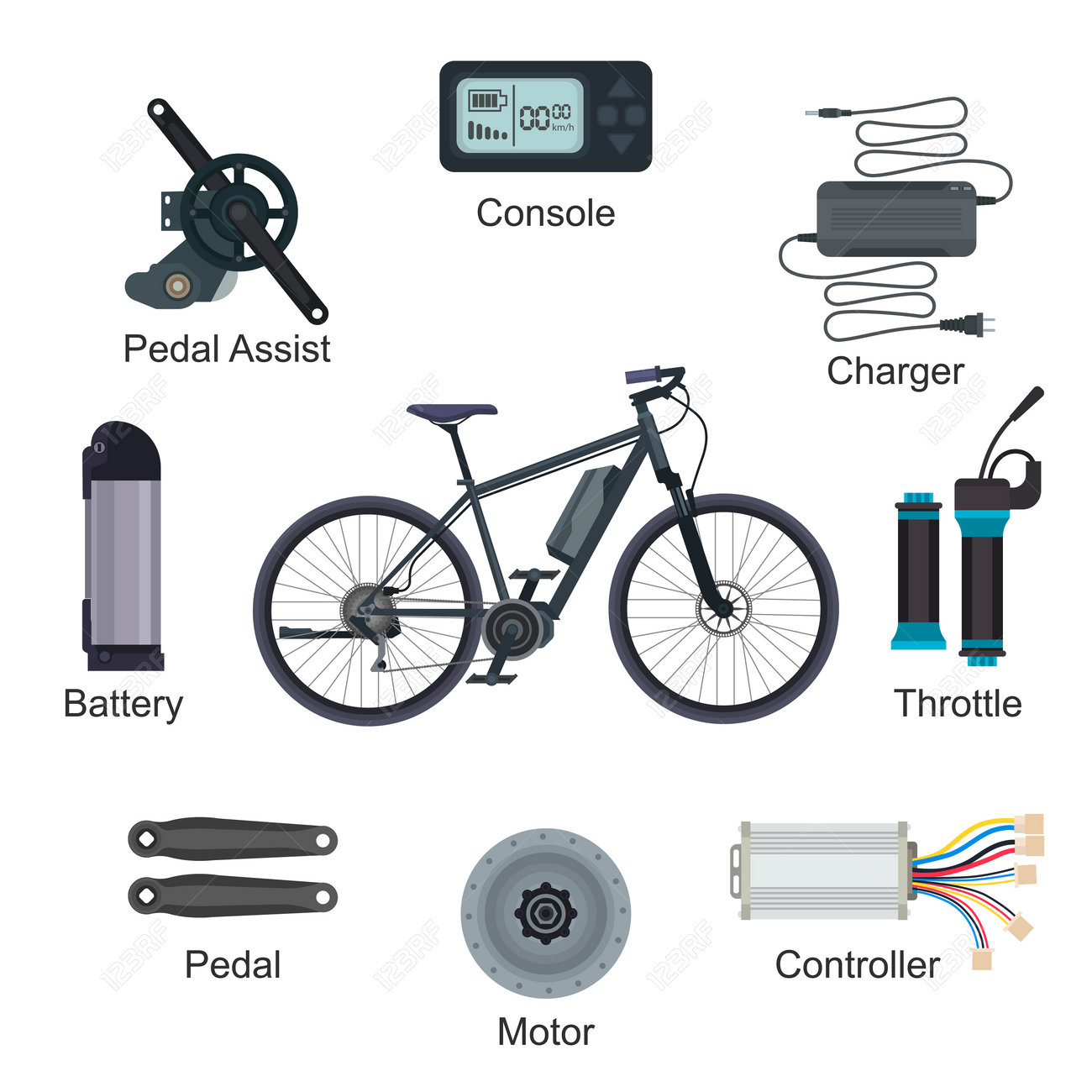Decoding E-Bike Classifications: A Summary Of Their Significances
Decoding E-Bike Classifications: A Summary Of Their Significances
Blog Article
Material Composed By-Feldman Coyne
If you're considering purchasing an e-bike, understanding the various courses is key in making a notified decision. You may be stunned at just how each course uses one-of-a-kind features that deal with different riding preferences and legal demands. From pedal-assist options to throttle-controlled designs, each class has its benefits. So, before you decide on the perfect e-bike for your requirements, it's crucial to understand the distinctions in between Course 1, Class 2, and Course 3 e-bikes.
Class 1 E-Bikes
Course 1 E-Bikes are defined as pedal-assist electric bikes that offer support just when you pedal, discontinuing to do so when you get to 20 mph. These bikes are best for those seeking a little additional boost while still wishing to get some workout. Course 1 E-Bikes use a smooth change between pedaling and electric help, helping you overcome hills and long distances easily. The electric motor kicks in as soon as you start pedaling, giving a natural and easy ride experience.
Among the crucial advantages of Class 1 E-Bikes is that they're permitted on the majority of bike courses and routes where standard bikes are allowed. This means you can explore brand-new routes and enjoy the open airs without any constraints.
Furthermore, these bikes are environment-friendly and use a sustainable mode of transport, lowering your carbon footprint while still getting you to your location successfully.
Course 2 E-Bikes
Moving on from the pedal-assist characteristics of Class 1 E-Bikes, Class 2 E-Bikes present a new aspect right into the electrical bicycle world. These e-bikes come with a spin throttle attribute, enabling you to ride without pedaling whatsoever. With this addition, you have the option to simply engage the throttle and let the motor do the job, moving you forward easily.
Class 2 E-Bikes are ideal for bikers who may need a break from pedaling or call for help when beginning with a total quit. This feature makes them particularly appealing for people with restricted flexibility or those who want an even more leisurely riding experience.
Nevertheless, Highly recommended Web-site is very important to keep in mind that Class 2 E-Bikes are still governed by a speed limitation of 20 miles per hour, guaranteeing security and conformity with laws.
Class 3 E-Bikes
For cyclists looking for a more vibrant electric biking experience, Class 3 E-Bikes offer boosted rate and efficiency compared to their Class 1 and Class 2 equivalents. Class 3 E-Bikes are called "speed pedelecs" and can get to rates of up to 28 mph, giving a thrilling experience for those looking for an extra boost. These bikes come outfitted with a pedal-assist system that begins when you begin pedaling, making it simpler to keep higher speeds with less initiative.
One key function of Course 3 E-Bikes is that they aren't restricted to bike lanes just; they can also be made use of on streets where the speed limit is 30 mph or reduced. This flexibility enables cyclists to browse with web traffic much more efficiently while still enjoying the benefits of electric aid.
Nevertheless, it's necessary to bear in mind that some locations may have particular policies regarding using Class 3 E-Bikes, so always examine local legislations before hitting the road.
https://www.pearltrees.com/zugobike , since you recognize the distinctions in between Class 1, 2, and 3 E-Bikes, you can make an educated choice on which kind ideal fits your needs. Whether you prefer pedal-assist, throttle feature, or greater speeds, there is an E-Bike class available for you. Keep in mind to consider your local policies and personal preferences before making your option. Pleased riding!
